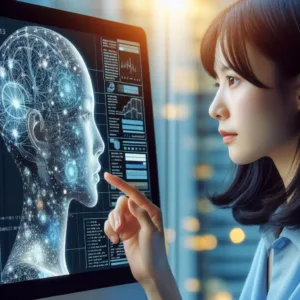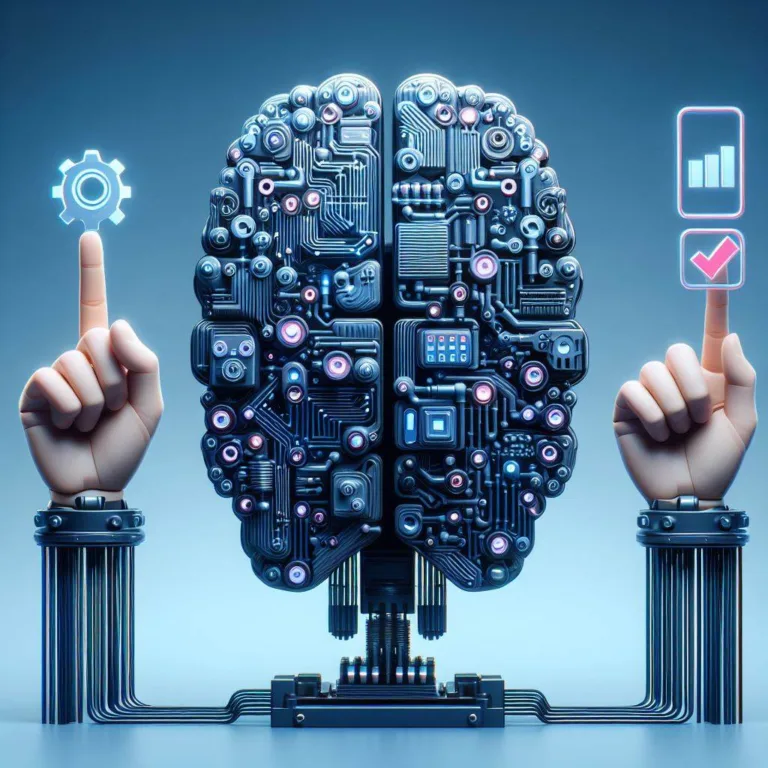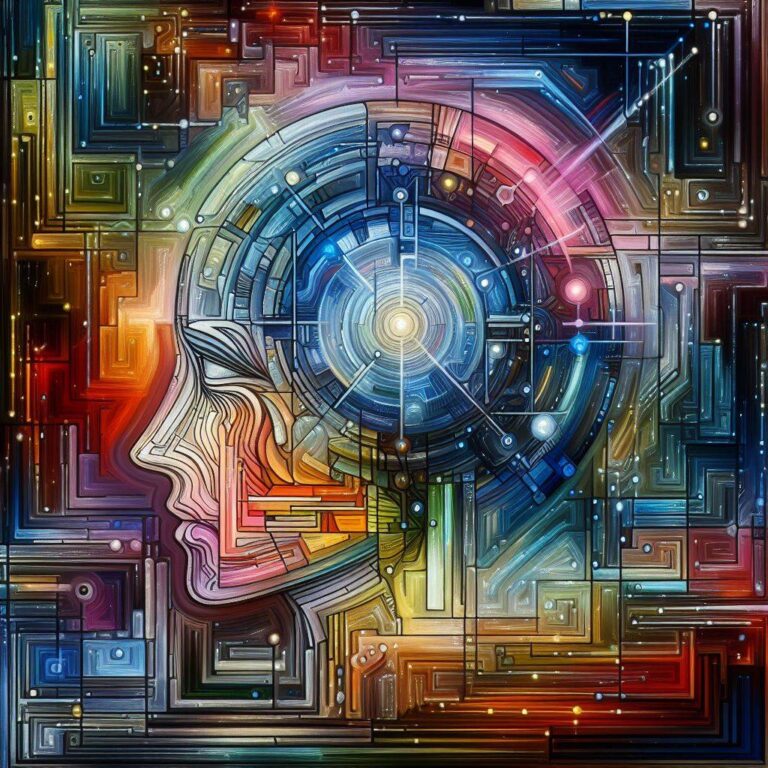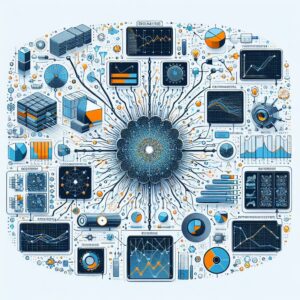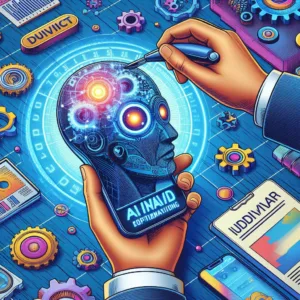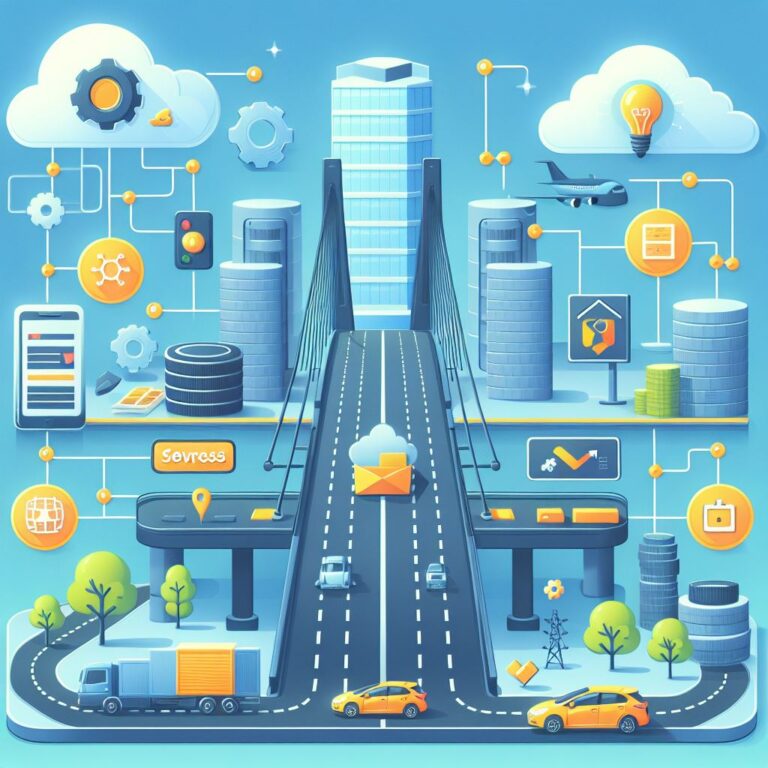In today’s fast-paced world, the future of AI development is a topic that creates excitement and interest alike. As we navigate through a landscape shaped by constant innovation, it’s fascinating to imagine how artificial intelligence continues to evolve and adapt. In this exploration, we invite you to join us on a journey into the world of AI’s future, where we’ll uncover the latest trends and innovations that are driving its growth. From advancements in deep learning to the increasing importance of ethical considerations, let’s embark on this journey together and discover the potential that AI holds for shaping our future.
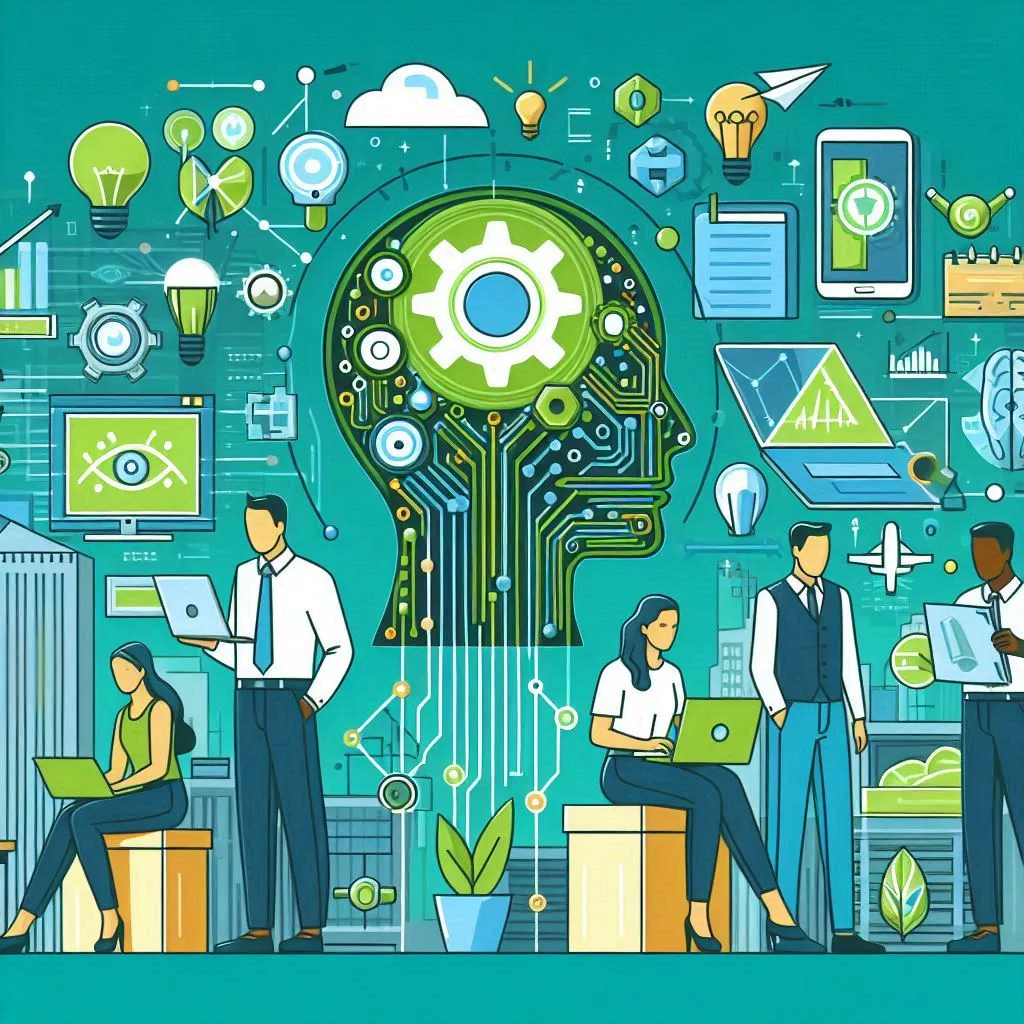

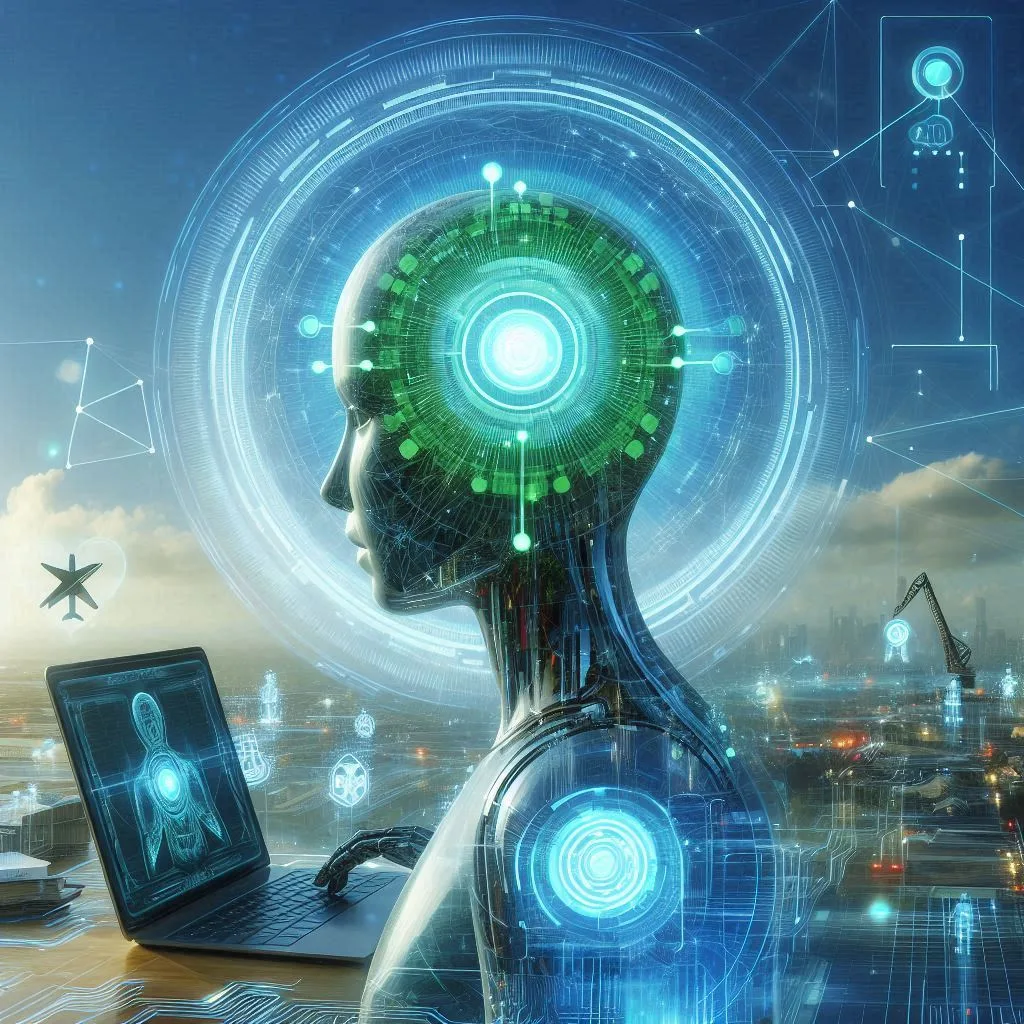 As we witness the evolution of AI, it is evident that we are on the cusp of a new era of innovation and discovery. From its humble beginnings as a theoretical concept to its current role as a driving force behind technological progress, AI has undergone a remarkable transformation. Looking ahead, there are several key trends and advancements that are poised to shape the future development of AI, propelling it into new realms of possibility.
As we witness the evolution of AI, it is evident that we are on the cusp of a new era of innovation and discovery. From its humble beginnings as a theoretical concept to its current role as a driving force behind technological progress, AI has undergone a remarkable transformation. Looking ahead, there are several key trends and advancements that are poised to shape the future development of AI, propelling it into new realms of possibility.
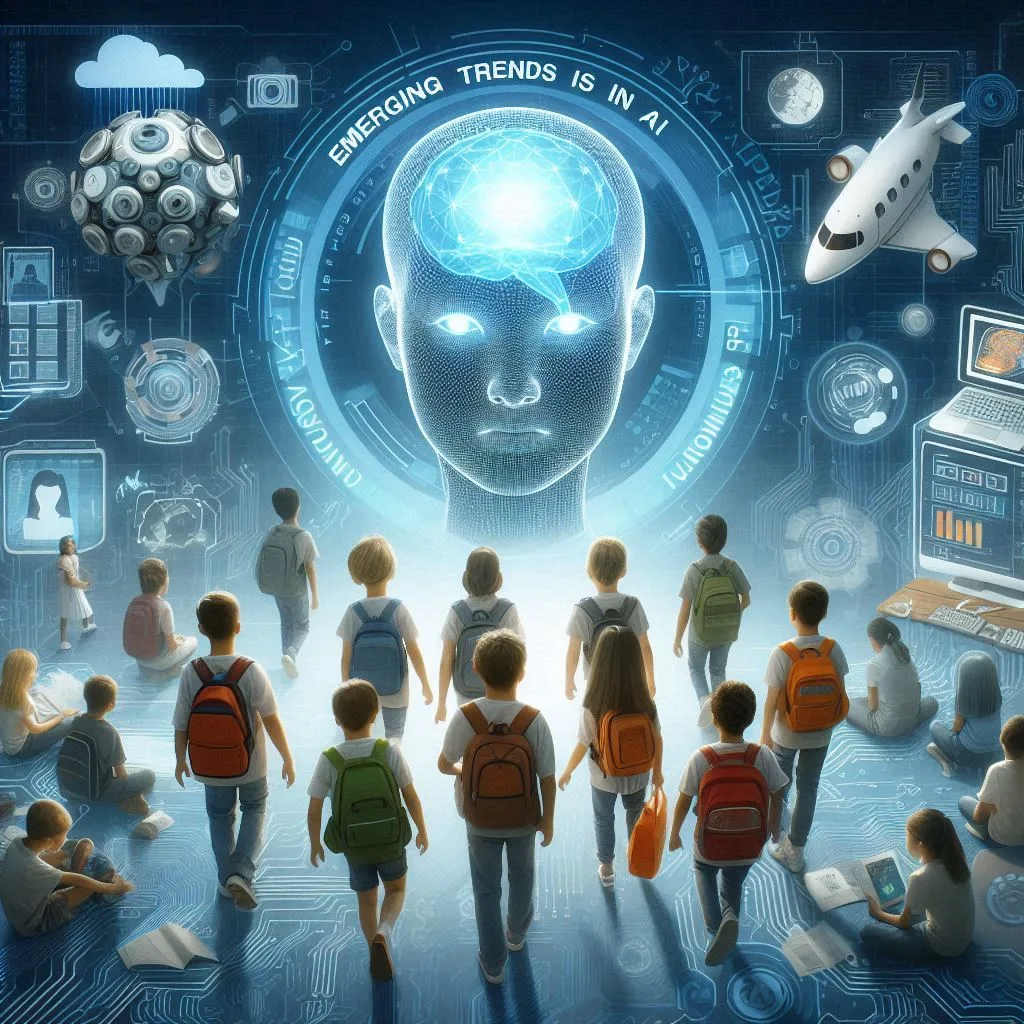

Emerging Trends in AI Development: A Glimpse into the Future
Advancements in Natural Language Processing (NLP):
One of the most exciting developments in AI is the rapid progress in Natural Language Processing (NLP). NLP enables machines to understand and interpret human language, opening up a world of possibilities for ideas and interaction. With advancements in transformer models and pre-trained language models like GPT-3, AI systems are becoming more skilled at understanding context, sentiment, and nuanced speech. As NLP continues to evolve, we can expect to see even more sophisticated language understanding capabilities, leading to more natural and logical interactions between humans and AI.Enhanced Computer Vision Capabilities:
Another area of rapid advancement in AI is computer vision, the ability for machines to interpret and understand visual information from the world around them. Recent breakthroughs in deep learning and neural networks have taken computer vision to new heights, enabling tasks such as object detection, image segmentation, and facial recognition with unprecedented accuracy. With the introduction of methods like self-supervised learning and generative adversarial networks (GANs), we are witnessing a revolution in computer vision that promises to transform industries ranging from healthcare and retail to autonomous vehicles and manufacturing.The Rise of Explainable AI (XAI):
As AI systems become more prevalent in our daily lives, the need for transparency and interpretability becomes increasingly important. That’s where Explainable AI (XAI) comes in—a field of AI research focused on making AI systems more understandable and interpretable to humans. XAI methods enable AI systems to explain their decisions and behavior in a way that people can comprehend, building trust and confidence in AI technologies. With the rise of XAI, we can expect to see more explainable AI models, improved accountability, and better alignment between AI systems and human values.Ethical AI and Responsible Innovation:
With great power comes great responsibility, and AI is no exception. As AI technologies continue to advance, so do the ethical concerns surrounding their use. It’s important for developers and organizations to prioritize ethical AI principles such as fairness, transparency, and responsibility in their AI development practices. By addressing ethical AI and promoting a culture of responsible innovation, we can ensure that AI systems are deployed in a way that benefits society while minimizing potential harms. As we envision the future of AI development, ethical considerations will play an increasingly central role in shaping the direction of AI research and implementation.
Innovations Shaping the Future of AI Development
Breakthroughs in Reinforcement Learning:
One of the most exciting changes shaping the future of AI development is the progress in reinforcement learning (RL). RL is a machine intelligence technique that enables powers to learn through an experimental approach, receiving feedback from their surroundings. Recent breakthroughs in RL algorithms, such as deep Q-networks (DQN) and actor-critic orders, have led to significant progress in areas like machine intelligence, gaming, and autonomous orders. With further research and development, RL has the potential to transform how AI systems discover and adapt to complex, vital environments, concreting the way for more autonomous and smart machines.Advancements in Generative Adversarial Networks (GANs):
Generative Adversarial Networks (GANs) represent another big innovation driving the future of AI growth. GANs are a class of deep learning models that incorporate two neural networks—generator and discriminator—engaged in a game-like scenario. GANs have shown remarkable skills in generating sensible images, videos, and even text, chief to applications in fields such as computer graphics, art production, and data improving. As researchers continue to polish GAN architectures and training procedures, we can expect to visualize even more impressive results, unlocking new possibilities for imaginative expression and dossier synthesis.The Emergence of Federated Learning:
Federated learning is an innovative approach to AI development that allows multiple devices to collaboratively train a joint model while keeping dossier decentralized. This distributed training paradigm offers various advantages, including improved privacy, shortened data transfer overhead, and raised scalability. Federated learning has applications in differing domains, including healthcare, finance, and Internet of Things (IoT), where dossier privacy and security are principal. As federated education techniques mature and become more widely selected, they have the potential to democratize AI happening and empower individuals and arrangements to leverage AI skills while preserving dossier privacy and security.Advances in AI Hardware and Accelerators:
In addition to operating system innovations, progress in AI hardware and accelerators is playing a critical role in shaping the future of AI development. Specialized hardware architectures, such as graphics processing units (GPUs), tensor processing units (TPUs), and neuromorphic chips, are designed to accelerate AI workloads and improve computational efficiency. These hardware changes enable faster training and inference times, making AI models more efficient and accessible for a wider range of applications. As hardware technology continues to develop, we can expect to visualize even more powerful and energy-efficient AI accelerators, further fueling the progress of AI development and deployment across corporations.Exploring the Next Frontier: Future Trends in AI Development
Advancements in Natural Language Understanding:
One of the most exciting future trends in AI development is the continued progress of natural language understanding (NLU) skills. As AI systems become increasingly adept at understanding and creating human language, we can expect to see new applications arise in areas such as conversational AI, sentiment analysis, and language interpretation. Breakthroughs in areas like transformer models and contextual word embeddings are driving rapid progress in NLU, bringing us closer to the goal of truly intelligent speech understanding systems.AI-driven Personalization and Adaptation:
Another key trend on the horizon is the increase of AI-driven personalization and customization. As AI systems become more sophisticated and independent, they will increasingly tailor experiences and adapt to individual preferences in real-time. From personalized product recommendations to adjusting user interfaces, AI-powered systems will deliver more relevant and engaging experiences to users across various domains. With advances in techniques like reinforcement learning and multi-agent systems, AI-driven personalization will become even more extensive and impactful in the coming years.Ethical AI and Responsible Innovation:
As AI technologies continue to progress and permeate every facet of our lives, the importance of ethical AI and responsible innovation cannot be overstated. Future trends in AI development will place increasing emphasis on ethical considerations such as fairness, transparency, and accountability. Developers and organizations will need to establish ethical AI standards and ensure that AI systems are deployed in a way that aligns with social values and respects individual rights and freedoms. By fostering a culture of responsible innovation, we can ensure that AI technologies do the greatest good and contribute positively to the advancement of humanity.AI for Social Good and Global Challenges:
Looking ahead, we can also expect to see an increasing focus on utilizing AI for social good and addressing global challenges. From tackling climate change and healthcare disparities to advancing economic equality and social justice, AI has the potential to make a positive impact on some of the most important issues facing contemporary society. Future trends in AI development will see increased collaboration between governments, academia, and industry to harness the power of AI for the greater good. By leveraging AI technologies responsibly and ethically, we can create a more equitable and sustainable future for all.The Evolution of AI: Trends and Innovations Driving Future Development
 As we witness the evolution of AI, it is evident that we are on the cusp of a new era of innovation and discovery. From its humble beginnings as a theoretical concept to its current role as a driving force behind technological progress, AI has undergone a remarkable transformation. Looking ahead, there are several key trends and advancements that are poised to shape the future development of AI, propelling it into new realms of possibility.
As we witness the evolution of AI, it is evident that we are on the cusp of a new era of innovation and discovery. From its humble beginnings as a theoretical concept to its current role as a driving force behind technological progress, AI has undergone a remarkable transformation. Looking ahead, there are several key trends and advancements that are poised to shape the future development of AI, propelling it into new realms of possibility.
Exponential Growth in Data Availability:
One of the primary drivers of AI evolution is the exponential growth in data availability. With the proliferation of digital technologies and the emergence of the Internet of Things (IoT), vast amounts of data are being generated at an unprecedented rate. This abundance of data serves as the lifeblood of AI systems, fueling their learning and decision-making processes. As data availability continues to expand, AI algorithms will become increasingly sophisticated and capable, enabling more accurate predictions and judgments across a wide range of applications.Advances in Deep Learning and Neural Networks:
Another key factor propelling the evolution of AI is the constant advancements in deep learning and neural network architectures. Deep learning techniques, inspired by the structure and function of the human brain, have revolutionized the field of AI by enabling machines to process large amounts of data and make complex decisions. Recent innovations in areas such as convolutional neural networks (CNNs), recurrent neural networks (RNNs), and attention mechanisms have pushed the boundaries of what AI systems can achieve. As researchers continue to refine and enhance neural network architectures, we can expect to see even greater leaps in AI capabilities, unlocking new possibilities for solving complex problems and driving innovation.Rise of Edge Computing and Federated Learning:
With the proliferation of connected devices and the increasing demand for real-time processing and inference, edge computing and federated learning are emerging as key trends in AI development. Edge computing involves performing computation and data processing at the “edge” of the network, closer to where data is generated, rather than relying solely on centralized cloud servers. Federated learning takes this concept a step further by allowing multiple edge devices to collaboratively train AI models while preserving data privacy and security. These approaches are enabling AI systems to operate more efficiently and autonomously in distributed environments, opening up new possibilities for applications such as autonomous vehicles, smart cities, and healthcare monitoring.Emphasis on Ethical AI and Responsible Innovation:
As AI technologies become increasingly pervasive in our daily lives, there is a growing emphasis on ethical AI and responsible innovation. Concerns surrounding bias, privacy, and accountability have prompted calls for greater transparency and oversight in AI development and deployment. Ethical AI frameworks and guidelines are being developed to ensure that AI systems are designed and used in a manner that is fair, transparent, and accountable to all stakeholders. By prioritizing ethical considerations and fostering a culture of responsible innovation, we can ensure that AI continues to be a force for good and contributes positively to the advancement of society.
Conclusion
In wrapping up our exploration into the evolution, trends, and innovations of AI development, it’s clear that we’re entering a thrilling era of technological advancement. With each breakthrough in deep learning, neural networks, and edge computing, AI is becoming more capable and integrated into our daily lives. However, amidst this excitement, it’s crucial to remember the importance of ethical considerations and responsible innovation. By prioritizing fairness, transparency, and accountability in AI development, we can ensure that these powerful technologies serve the greater good and contribute positively to society. As we continue on this journey, let’s embrace the potential of AI while staying grounded in our commitment to creating a better, more equitable future for all.
TensorFlow is an open-source machine learning framework developed by Google, offering a comprehensive suite of tools and resources for building and deploying machine learning models efficiently.

PyTorch is a popular open-source machine learning library developed by Facebook’s AI Research lab, known for its dynamic computational graph and ease of use in building deep learning models.

PyTorch is a popular open-source machine learning library developed by Facebook’s AI Research lab, known for its dynamic computational graph and ease of use in building deep learning models.


